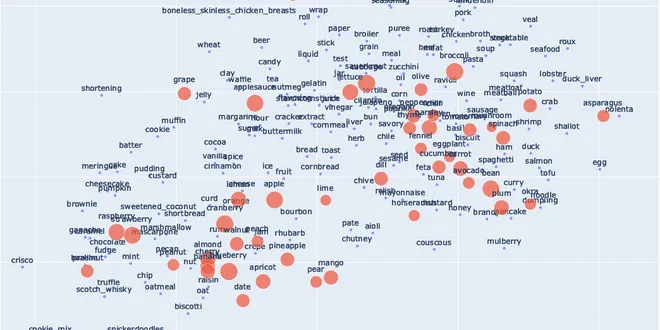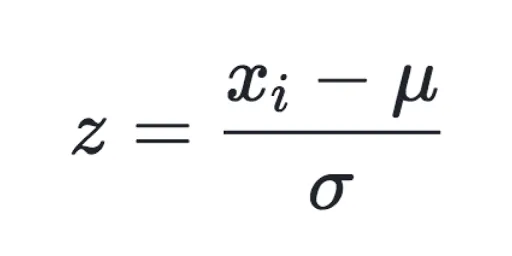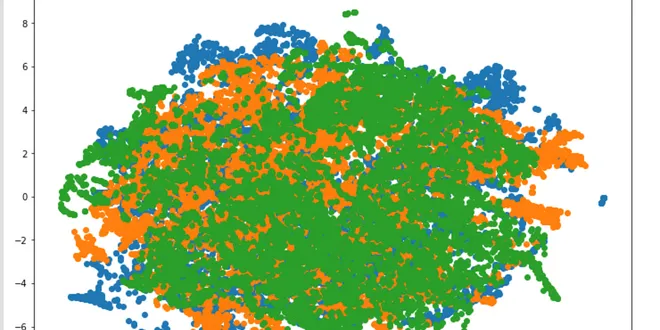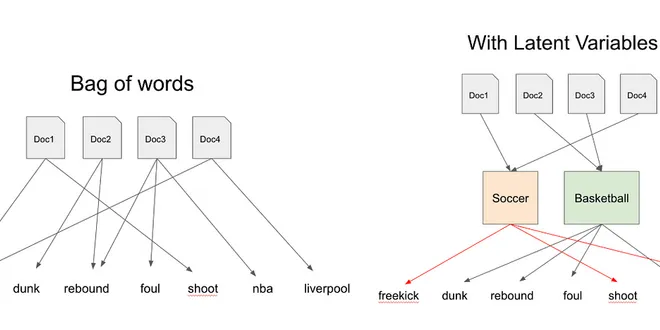Data Science & Developer Roadmaps with Chat & Free Learning Resources
dimensionality-Reduction
Dimensionality reduction is a crucial technique in statistics, machine learning, and data analysis that involves transforming high-dimensional data into a lower-dimensional space. This process aims to retain as much relevant information as possible while simplifying the dataset, making it easier to visualize and analyze. By reducing the number of features, dimensionality reduction helps mitigate issues such as overfitting, where models become too complex and perform poorly on unseen data. Common methods include Principal Component Analysis (PCA) and T-Distributed Stochastic Neighbor Embedding (t-SNE), which are widely used to enhance model performance and interpretability.

Dimensionality Reduction
Dimensionality reduction aims to preserve as much information as possible from higher dimensional vectors. Principal Component Analysis (PCA) [1] and T-Distributed Stochastic Neighbouring Entities…
📚 Read more at Towards Data Science🔎 Find similar documents

Dimensionality Reduction in Machine Learning
Dimensionality reduction, or dimension reduction, is the transformation of data from a high-dimensional space into a low-dimensional space so that the low-dimensional representation retains some…
📚 Read more at Analytics Vidhya🔎 Find similar documents

5 Must-Know Dimensionality Reduction Techniques via Prince
According to Wikipedia, Dimensionality Reduction is a transformation of High-Dimensionality space data into a Low-dimensionality space. In other words, Dimensionality Reduction transforms data from a…...
📚 Read more at Towards Data Science🔎 Find similar documents

An Introduction to Dimensionality Reduction
In statistics, machine learning, and information theory, dimensionality reduction is the process of reducing the number of random variables under consideration by obtaining a set of principal…
📚 Read more at Towards Data Science🔎 Find similar documents

4 ways to Reduce Dimensionality of Data
Dimensionality Reduction is the process of reducing the number of features or variables in the dataset. It is the transformation of data from a high-dimensional space into a low-dimensional space so…
📚 Read more at Towards Data Science🔎 Find similar documents

Dimensionality Reduction by Stochastic Gradient Descent
Dimensionality reduction is the process of reducing a potentially large set of features F to a smaller set of features F’ to be considered in a given machine learning or statistics problem. In an…
📚 Read more at Analytics Vidhya🔎 Find similar documents

Dimensionality-Reduction with Latent Dirichlet Allocation
Dimensionality-reduction is an unsupervised machine learning technique that is often used in conjunction with supervised models. While reducing the dimensionality often makes a feature-based model…
📚 Read more at Towards Data Science🔎 Find similar documents

A Guide to Dimensionality Reduction in Python
Dimensionality reduction is the process of transforming high-dimensional data into a lower dimensional format while preserving the most important properties. This technique has applications in many…
📚 Read more at Towards Data Science🔎 Find similar documents

11 Different Uses of Dimensionality Reduction
Dimensionality is the number of variables in your data. Dimensionality reduction is the process of reducing the number of variables in the input data. It has 11 different uses.
📚 Read more at Towards Data Science🔎 Find similar documents

What does dimensionality reduction do, really?
An outline of what dimensionality reduction does at a high level, and an animation to illustrate the process.
📚 Read more at Towards Data Science🔎 Find similar documents

Dimensionality Reduction: PCA versus Autoencoders
Dimensionality reduction is a technique of reducing the feature space to obtain a stable and statistically sound machine learning model avoiding the Curse of dimensionality. There are mainly two…
📚 Read more at Towards Data Science🔎 Find similar documents

BPDR: A New Dimensionality Reduction Technique
Dimensionality reduction algorithms such as LDA, PCA, or t-SNE are great tools to analyze unlabeled (or labeled) data and gain more information about its structure and patterns. Dimensionality…
📚 Read more at Towards Data Science🔎 Find similar documents

